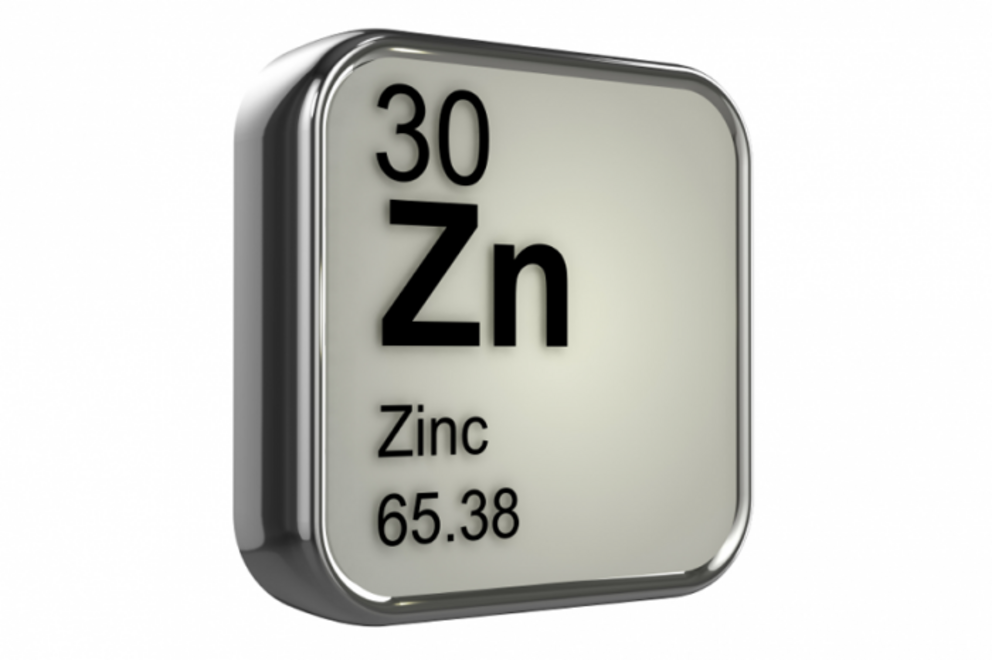Autism and zinc deficiency in early development
Mechanistic link found between zinc, autism risk genes and abnormal neuronal connections associated with autism spectrum disorders
Source:
Frontiers
Summary:
Autism has been associated with zinc deficiency in infancy. While it is not yet known whether zinc deficiency in early development causes autism, scientists have now found a mechanistic link. Their study connects zinc, autism risk genes and abnormal neuronal connections associated with autism spectrum disorders.

FULL STORY
The emergence of autism in children has not only been linked to genes encoding synaptic proteins -- among others -- but also environmental insults such as zinc deficiency. Although it is unclear whether zinc deficiency contributes to autism, scientists have now defined in detail a possible mechanistic link. Their research shows how zinc shapes the connections or 'synapses' between brain cells that form during early development, via a complex molecular machinery encoded by autism risk genes. Published in Frontiers in Molecular Neuroscience, the findings do not directly support zinc supplementation for the prevention of autism -- but extend our understanding of its underlying developmental abnormalities, towards an eventual treatment.
Zinc and autism risk genes
"Autism is associated with specific variants of genes involved in the formation, maturation and stabilization of synapses during early development," says study senior author Dr Sally Kim of Stanford University School of Medicine.
"Our findings link zinc levels in neurons -- via interactions with the proteins encoded by these genes -- to the development of autism."
Kim and colleagues found that when a signal is transferred via a synapse, zinc enters the target neuron where it can bind two such proteins: Shank2 and Shank3. These proteins in turn cause changes in the composition and function ('maturation') of adjacent signal receptors, called 'AMPARs', on the neuron's surface at the synapse.
A mechanistic link
Through an elegant series of experiments, the paper describes the mechanism of zinc-Shank-mediated AMPAR maturation in developing synapses.
"In developing rat neurons, we found that Shank 2 and 3 accumulate at synapses in parallel with a switch to mature AMPARs. Adding extra zinc accelerated the switch -- but not when we reduced the accumulation of Shank 2 or 3," explains Dr Huong Ha -- the study's lead author, a former Stanford graduate student.
"Furthermore, our study shows mechanistically how Shank2 and 3 work in concert with zinc to regulate AMPAR maturation, a key developmental step."
In other words, zinc shapes the properties of developing synapses via Shank proteins.
"This suggests that a lack of zinc during early development might contribute to autism through impaired synaptic maturation and neuronal circuit formation," concludes co-senior author Professor John Huguenard, also of Stanford University School of Medicine.
"Understanding the interaction between zinc and Shank proteins could therefore lead to diagnostic, treatment and prevention strategies for autism."
Will zinc supplements help prevent autism?
"Currently, there are no controlled studies of autism risk with zinc supplementation in pregnant women or babies, so the jury is still out. We really can't make any conclusions or recommendations for zinc supplementation at this point, but experimental work in autism models also published in this Frontiers Research Topic holds promise," points out Professor Craig Garner of the German Centre for Neurodegenerative Diseases, also co-senior author.
Taking too much zinc reduces the amount of copper the body can absorb, which can lead to anemia and weakening of the bones. Furthermore, zinc deficiency does not necessarily imply a dietary deficiency -- and could result instead from problems with absorption in the gut, for example.
"Nevertheless, our findings offer a novel mechanism for understanding how zinc deficiency -- or disrupted handling of zinc in neurons -- might contribute to autism," adds Garner.
Journal Reference:
- Huong T. T. Ha, Sergio Leal-Ortiz, Kriti Lalwani, Shigeki Kiyonaka, Itaru Hamachi, Shreesh P. Mysore, Johanna M. Montgomery, Craig C. Garner, John R. Huguenard, Sally A. Kim. Shank and Zinc Mediate an AMPA Receptor Subunit Switch in Developing Neurons. Frontiers in Molecular Neuroscience, 2018; 11 DOI: 10.3389/fnmol.2018.00405

